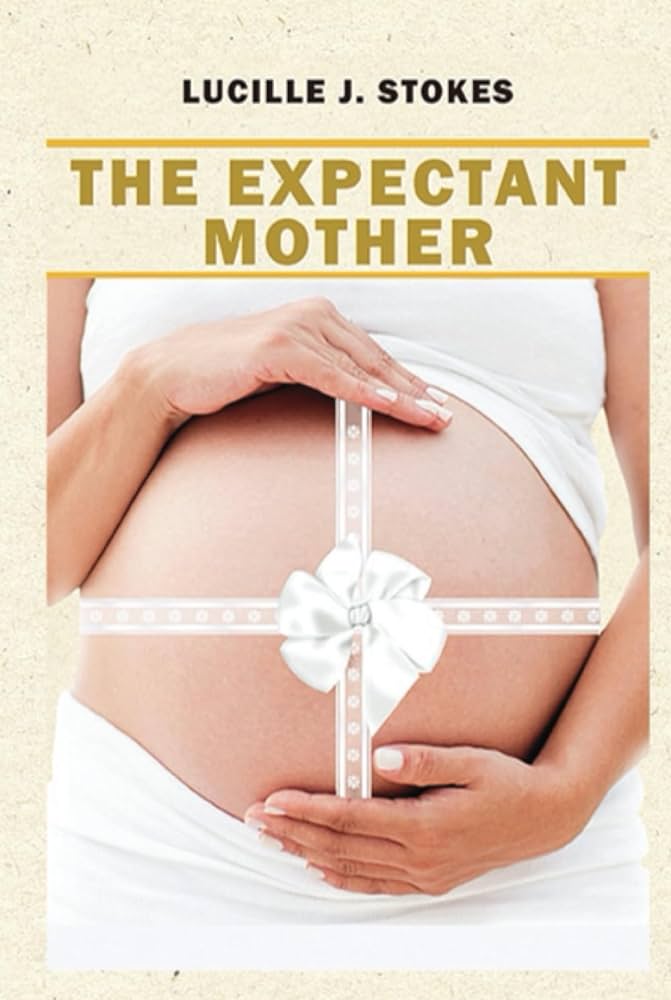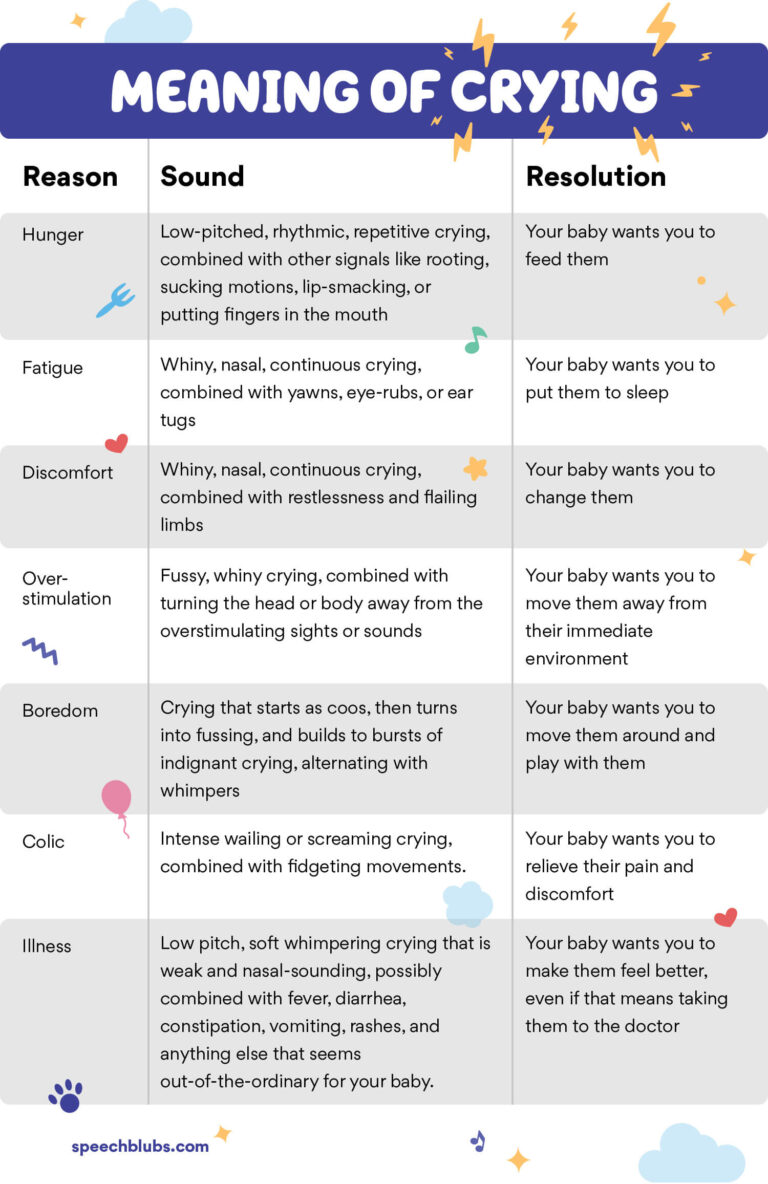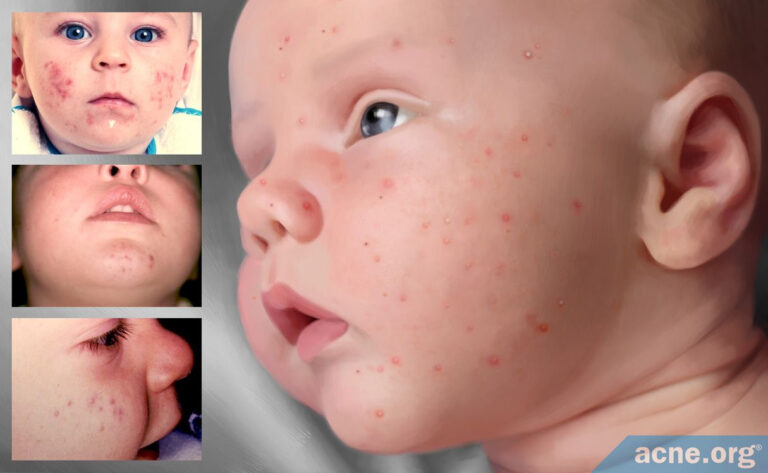How Many Calories Do I Burn From Breastfeeding?
Breastfeeding is a beautiful and rewarding experience, but it can also be physically demanding. Many new mothers wonder how many calories they burn from breastfeeding. The answer depends on several factors, including the frequency, duration, and intensity of breastfeeding, as well as the mother’s age, weight, and body composition.
In this article, we will discuss the different methods used to estimate calorie expenditure from breastfeeding and the factors that influence how many calories are burned. We will also provide practical tips for breastfeeding mothers to maximize calorie expenditure while ensuring their baby’s well-being.
Energy Expenditure During Breastfeeding
Breastfeeding is an energy-intensive process that can significantly increase calorie expenditure. The physiological mechanisms involved in breastfeeding contribute to this increased energy burn.
The production of breast milk, known as lactogenesis, is a metabolically demanding process. The mammary glands require a substantial amount of energy to synthesize milk components, including proteins, fats, carbohydrates, and micronutrients. This energy demand is reflected in the increased metabolic rate observed during breastfeeding.
Impact of Breastfeeding Frequency, Duration, and Intensity
The frequency, duration, and intensity of breastfeeding sessions can impact the amount of calories burned. More frequent breastfeeding sessions, longer breastfeeding durations, and more intense suckling by the infant can all contribute to a higher calorie expenditure.
- Frequency: Breastfeeding more frequently stimulates the mammary glands more often, leading to increased energy expenditure for milk production.
- Duration: Longer breastfeeding sessions allow for more milk removal, which requires sustained energy expenditure.
- Intensity: More intense suckling by the infant indicates a greater demand for milk, resulting in a higher metabolic rate for the mother.
Calorie Estimation Methods
Determining the number of calories burned during breastfeeding is crucial for maintaining a healthy diet and overall well-being. Several methods exist to estimate calorie expenditure, each with its own strengths and limitations.
Self-Reporting
Self-reporting involves keeping a record of breastfeeding sessions and estimating the duration and frequency. This method is easy and convenient but relies on accurate recall, which can be challenging.
Doubly Labeled Water Technique
The doubly labeled water technique is a highly accurate method that involves consuming water containing stable isotopes of hydrogen and oxygen. By measuring the rate of elimination of these isotopes, researchers can estimate total energy expenditure, including that from breastfeeding.
Indirect Calorimetry
Indirect calorimetry is a technique that measures oxygen consumption and carbon dioxide production. This information is used to calculate energy expenditure. Indirect calorimetry is considered the gold standard for estimating calorie expenditure but requires specialized equipment and can be expensive.
Factors Influencing Calorie Burn
The amount of calories burned during breastfeeding is influenced by several factors, including the mother’s age, weight, and body composition, as well as the infant’s age and weight, and breast milk production.
Maternal Age, Weight, and Body Composition
Older mothers tend to burn more calories while breastfeeding than younger mothers. This is because their bodies have to work harder to produce the same amount of milk. Similarly, heavier mothers burn more calories than lighter mothers, as they have more body mass to support.
Infant’s Age and Weight
The age and weight of the infant also play a role in how many calories a mother burns while breastfeeding. Newborns require more frequent feedings than older infants, so mothers of newborns burn more calories. Additionally, larger infants require more milk than smaller infants, so mothers of larger infants burn more calories.
Breast Milk Production
The amount of breast milk a mother produces also affects how many calories she burns. Mothers who produce more milk burn more calories than mothers who produce less milk. This is because the body has to work harder to produce more milk.
Nutritional Considerations

Maintaining a healthy diet and adequate hydration is essential for breastfeeding mothers. A balanced diet provides the nutrients necessary for milk production and supports the overall health of both the mother and baby.
Breastfeeding can increase a mother’s calorie needs by up to 500-1,000 calories per day. These extra calories are essential for supporting the increased metabolic demands of milk production and maintaining a healthy weight. A diet rich in fruits, vegetables, whole grains, and lean protein can provide the nutrients and energy needed for breastfeeding.
Hydration is also crucial during breastfeeding. Breast milk is approximately 87% water, so mothers need to drink plenty of fluids to replenish their fluids and support milk production. Aim to drink at least eight glasses of water per day, or more if thirsty.
Practical Applications
Breastfeeding mothers can employ strategies to maximize calorie expenditure while ensuring the well-being of their infants.
Maximizing Calorie Expenditure
- Increase Breastfeeding Frequency: Aim for frequent breastfeeding sessions, such as every 2-3 hours or more often if the infant demands.
- Extend Breastfeeding Duration: Allow each breastfeeding session to last for at least 15-20 minutes per breast, or longer if the infant is satisfied.
- Enhance Breastfeeding Intensity: Encourage the infant to actively suckle by using a good latch and ensuring a comfortable position.
Balancing Infant Well-being
It’s crucial to monitor the infant’s well-being during these strategies.
- Monitor Infant’s Weight: Ensure the infant is gaining weight adequately and meeting growth milestones.
- Observe Infant’s Behavior: Pay attention to the infant’s cues for hunger, fullness, and comfort.
- Consult with Healthcare Professionals: Seek guidance from healthcare professionals, such as a lactation consultant or pediatrician, if any concerns arise.
Questions and Answers
How many calories do I burn from breastfeeding?
The number of calories you burn from breastfeeding depends on several factors, including the frequency, duration, and intensity of breastfeeding, as well as your age, weight, and body composition. However, most experts estimate that breastfeeding mothers burn between 500 and 1,000 calories per day.
How can I increase the number of calories I burn from breastfeeding?
There are several things you can do to increase the number of calories you burn from breastfeeding, including:
- Breastfeed more frequently.
- Breastfeed for longer periods of time.
- Breastfeed more intensely.
- Eat a healthy diet and stay hydrated.
Is it safe to breastfeed if I am trying to lose weight?
Yes, it is safe to breastfeed if you are trying to lose weight. In fact, breastfeeding can help you lose weight by burning calories and helping you to feel fuller longer. However, it is important to make sure that you are eating a healthy diet and getting enough nutrients.





